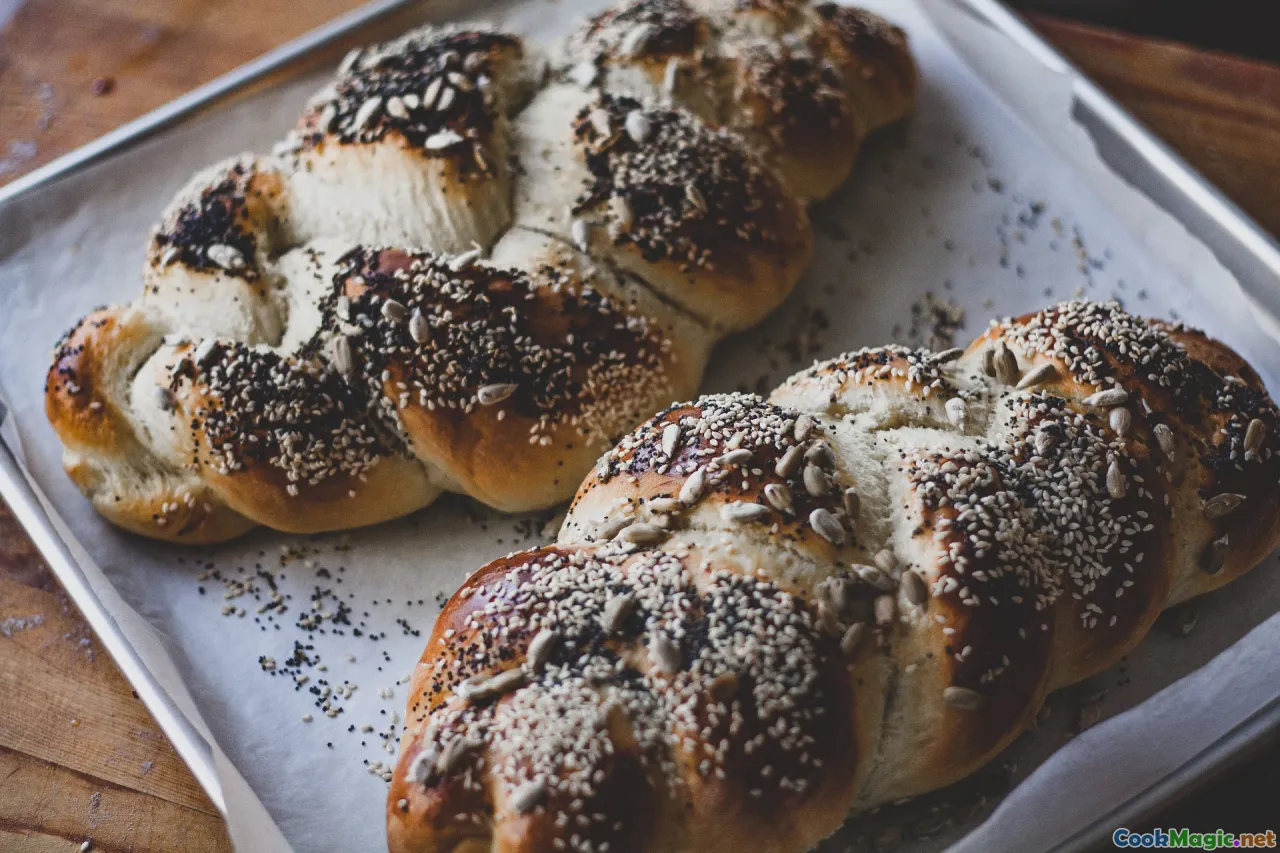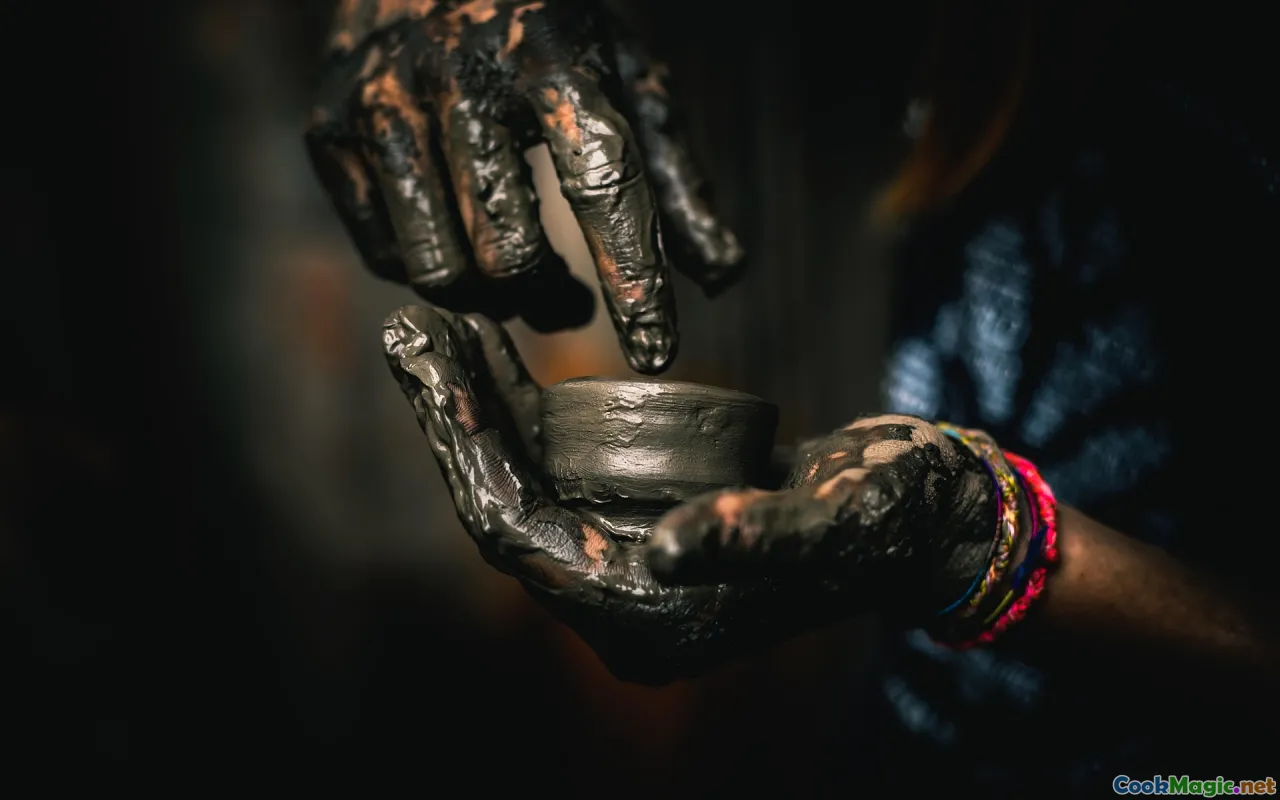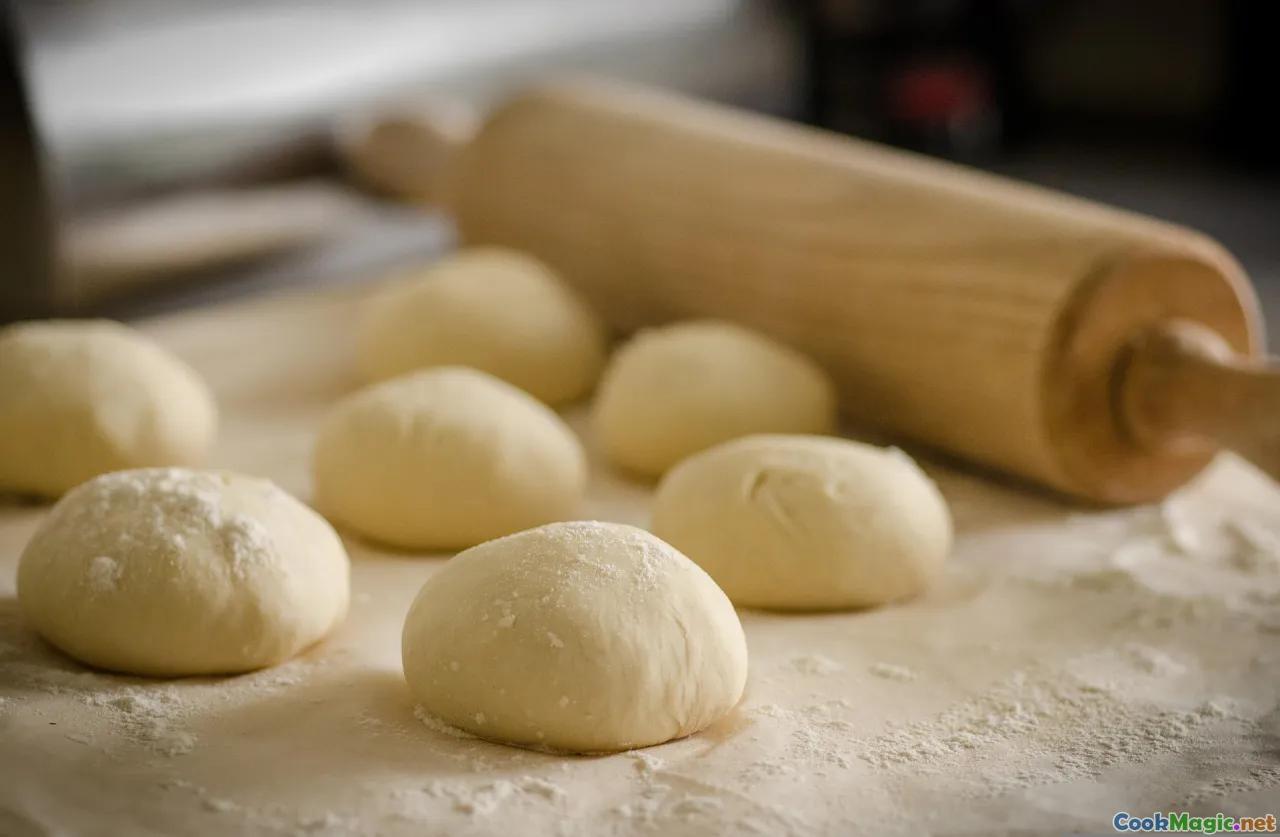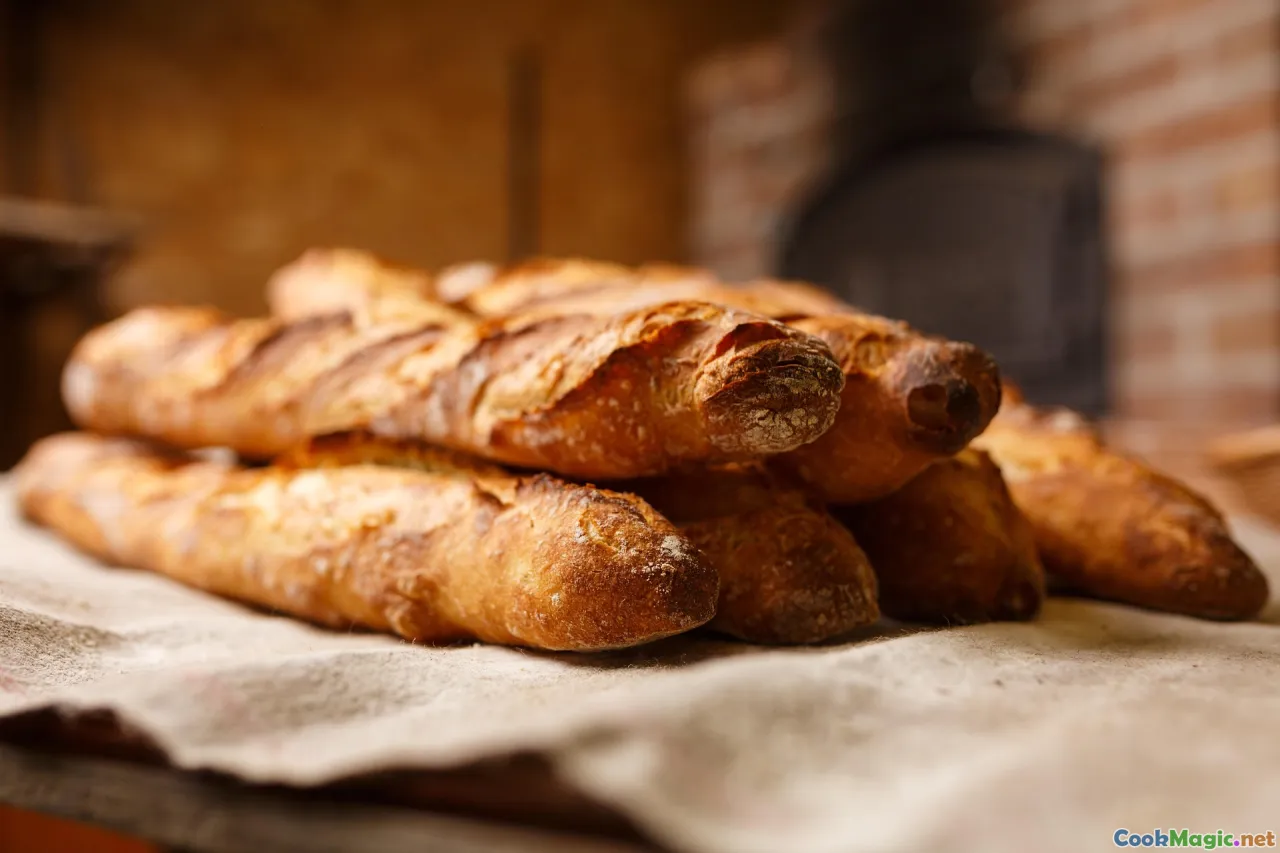Understanding Azerbaijani Tandir Bread Traditions
11 min read Explore the rich history and techniques behind Azerbaijani tandir bread, a culinary heritage centerpiece in regional dining traditions. September 27, 2025 06:05
Understanding Azerbaijani Tandir Bread Traditions
Stepping into the rich tapestry of Azerbaijani cuisine, one cannot overlook the soulful aroma of tandir bread—lavash, xash, shamakh, or simply tandir bread—that rises from traditional clay ovens. These breads aren’t merely food; they are living symbols of centuries-old hospitality, craftsmanship, and cultural identity. Their warm cracks, crispy edges, and chewier centers bring stories of rural Anatolia and Persia into modern kitchens, tying generations through time-honored techniques and flavors.
The smell of freshly baked tandir bread signals more than just a meal—it heralds community gatherings, family celebrations, and sacred traditions. As I explore these ancient baking methods and cultural significance, I invite you to experience the sensory journey that makes Azerbaijani tandir bread a cornerstone of the country’s culinary and cultural landscape.
The Heritage and Cultural Significance of Tandir Bread in Azerbaijan

Azerbaijan’s linguistic roots are deeply entwined with its bread-making traditions. The word "tandir" derives from Persian and Turkic origins, meaning a clay oven—a device that has been central not only for baking bread but also for community life. These ovens and breads form a daily ritual that emphasizes hospitality, sharing, and continuity.
Historically, tandir bread was a staple for nomadic tribes, who carried portable clay ovens to bake nourishing bread amid the steppes and mountain passes. In villages, the ritual of preparing bread is a communal event, often performed early in the morning before sunrise, with grandmothers telling stories while kneading dough, and fathers shaping the loaves.
In Azerbaijani culture, bread symbolizes life and prosperity. It’s customary to greet guests with bread and salt; breaking bread together signifies trust and friendship. The tandir bread is more than nourishment—it's woven into the fabric of Azerbaijani identity, embodying resilience, artistry, and shared history.
The Traditional Tandir Oven: Craftsmanship & Technique

Constructed meticulously from sun-dried clay and reeds, the tandir oven’s construction is an art form taught across generations. Traditionally, the oven’s cylindrical shape, often 1.5 meters high, allows even heat distribution and creates unique baking conditions. Artisans and master bakers carefully shape the oven, ensuring it withstands the test of time and retains consistent temperatures.
Baking in a tandir involves a sequence of practices—initial fires heat the walls, then the ashes are swept aside to prepare the baking chamber. The dough—sometimes leavened, sometimes unleavened—has specific regional variations.
Preparing the bread is a tactile experience: kneading dough until smooth, smearing a flour slurry on the inner walls to prevent sticking, and then deftly slapping the dough onto the hot inner surface. The heat from the walls blackens and crisps the exterior, giving the bread its characteristic fried look, while staying soft inside.
The Baking Process: From Hand to Hearth

Every step in baking tandir bread combines precision and intuition. The dough, often made from local flour, water, salt, and sometimes yogurt or sourdough starter, is kneaded thoroughly until elastic. After resting, portions are shaped into disc-like forms, with thickness calibrated to ensure even cooking.
To bake, bakers slap the dough onto the hot inner wall of the tandir. It sticks momentarily, then crisps as it bakes—sometimes in just a few minutes in a wood-fired tandir. The entire process turns into a performance, where the baker’s skill determines the crust’s texture and the bread’s overall flavor.
The result is a bread with a golden-brown crust, often bubbled and blistered, punctuated by scorched patches of deep caramel notes—flavor profiles that are impossible to replicate with modern ovens. When ripped apart, the bread reveals a chewy, airy interior flecked with sporadic air holes, promising a delightful contrast of crispy exterior and soft inside.
Variations of Tandir Bread Across Azerbaijan

Within Azerbaijan, regional variations add layers of diversity. For instance, the central regions favor kükçə, a slightly thicker, soft flatbread cooked in the tandir. In the Nakhchivan autonomous exclave, samak bread is distinguished by its dolloped sesame seeds and richer dough.
In the Quba district, xash—a type of thin, crispy bread—is often used as a wrapping for meats or cheeses, merging into local meze traditions. Meanwhile, the Kars (adjacent to Azerbaijan) has distinct sarma bread, which is rolled like a cylinder and baked in the same traditional ovens.
Despite regional differences, the core technique remains consistent: hot oven, manual shaping, and an emphasis on community and culture.
Culinary Pairings and Rituals Surrounding Tandir Bread

Tandir bread is seldom served alone; it’s an integral part of Azerbaijani meals. It accompanies plov—a fragrant saffron rice with saffron, carrots, lamb, and dried fruits—and acts as an edible utensil, used to scoop delicate stews or sauces.
In traditional settings, bread is still broken by hand, often in the presence of elders who impart blessings and stories. Atypical ritual involves tearing a piece, dipping it into harissa (a spicy pepper paste), or wrapping it around fresh herbs and meat—engaging multiple senses simultaneously.
At weddings, a tandir bread ceremony may be a highlight, symbolizing unity and abundance. It’s customary to present large, freshly baked loaves to guests, sharing warmth not only through taste but through familial and societal bonds.
Modern Takes and Preservation of Traditions

While traditional methods still thrive, modern Azerbaijani artisans are blending old-world craftsmanship with contemporary culinary artistry. Small bakeries in Baku now experiment with organic flours, sourdough starters, and creative toppings like black cumin or nigella seeds.
Some chefs are innovating by baking tandir bread in brick ovens, creating portable versions for urban markets or incorporating traditional dough techniques into upscale cafes. Yet, amidst these innovations, the core spirit persists—the reverence for the tandir oven as a symbol of home, tradition, and community connection.
Cultural preservation efforts, driven by culinary historians and local artisans, aim to synchronize the intangible heritage of these breads with modern gastronomy, ensuring future generations cherish and pass on these age-old techniques.
Personal Reflection: The Soul of Azerbaijani Bread

My journey exploring Azerbaijani tandir bread revealed more than culinary techniques—it opened a window into the very soul of a nation. The tactile joy of kneading dough, the communal spirit of baking, and the deeply rooted respect for tradition resonate profoundly.
Every bite of freshly baked lavash transports you to sun-drenched village courtyards, where elders recount stories echoing across generations. In each blistered surface, taste of smoky char, and chewy crumb, lies a narrative of resilience, artistry, and love.
In our fast-paced world, these breads serve as a reminder that true nourishment encompasses more than sustenance; it’s about preserving cultural identity and fostering human connection.
May we all find moments to honor and cherish such traditions, whether in a small village or a bustling city, by appreciating the timeless craft of Azerbaijani tandir bread.
Embark on the flavorful journey, bake with heart, and keep alive the precious traditions that make Azerbaijani tandir bread an everlasting symbol of cultural pride.









